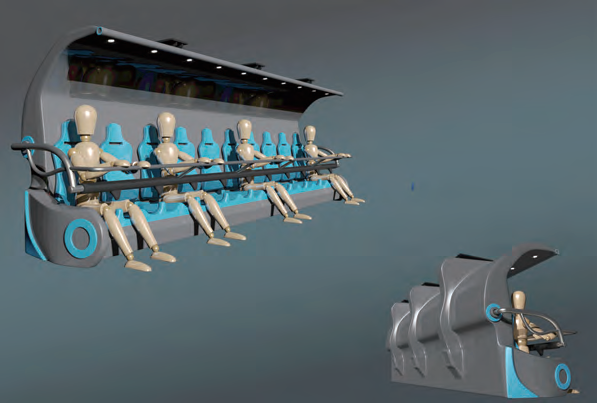A Comprehensive Overview of Different Types of Amusement Park Roller Coasters and Their Features
Types of Coasters A Comprehensive Overview
Roller coasters are one of the most exhilarating attractions found in amusement parks around the world. Each type of coaster offers a unique experience, with variations in speed, height, design, and the forces exerted on riders. Understanding the different types of coasters can enhance your amusement park visits and help you choose the most thrilling rides for your adventure. Here is a comprehensive overview of some of the most popular types of roller coasters.
1. Wooden Coasters
Wooden coasters are the classic giants of amusement parks. Built primarily of wood, these coasters have a nostalgic charm and are known for their distinct rattling sound and rustic feel. The oldest roller coasters were made from wood, and while they may feel less smooth than their steel counterparts, their unique design provides an exciting ride filled with hills, drops, and turns. Some famous wooden coasters include the Coney Island Cyclone and the Timber Terror.
2. Steel Coasters
Steel coasters are the most common type of roller coaster today. They offer a smoother ride due to their construction materials and are capable of reaching higher speeds and more complex designs. These coasters often feature inversions, loops, and corkscrews. Steel coasters can be further divided into several categories, such as launched coasters, which use magnetic or hydraulic systems to propel the train forward without a traditional lift hill, and sit-down coasters, where riders sit in individual cars.
3. Inverted Coasters
Inverted coasters are a thrilling type of steel coaster where riders are suspended below the track. This design allows for multiple inversions and creates a sensation of flying. As the train navigates through twists and turns, riders experience a mix of excitement and weightlessness. Famous examples include the Batman The Ride and Banshee, which offer thrilling experiences with various loop designs.
4
. Dive Coasterstypes of coasters

Dive coasters are known for their vertical drops and suspenseful moments before the plunge. Riders are often held at the edge of the drop, creating anticipation as they stare straight down before hurtling downwards. These coasters typically feature steep angles and high speeds, making them a must-try for thrill-seekers. Examples include the SheiKra and the Griffon, both known for their heart-pounding drops.
5. Hyper Coasters
Hyper coasters are characterized by their height, usually exceeding 200 feet, but they typically do not have inversions. Instead, they offer massive drops and high-speed airtime hills that create a feeling of weightlessness. Riders experience sustained air-time as the coaster ascends and descends, leading to a thrilling experience. Notable hyper coasters include Millennium Force and Intimidator 305.
6. Launch Coasters
Unlike traditional coasters that rely on chain lifts, launch coasters use powerful magnets or hydraulic systems to propel the train to high speeds almost instantly. This immediate rush of adrenaline is a key feature of these rides. The velocity and acceleration create a unique feeling that draws in thrill-seekers. Iconic launch coasters include Kingda Ka, the tallest coaster in the world, and Top Thrill Dragster.
7. Family Coasters
Family coasters are designed for riders of all ages and typically feature milder drops and turns, making them suitable for younger audiences. They provide a fun experience without the extreme thrills of larger coasters. These coasters often incorporate themes and charming designs, making them appealing to families visiting amusement parks together. Examples include the Barnstormer and the Dragon Wagon.
Conclusion
From heart-pounding wooden classics to high-tech steel marvels, roller coasters come in many forms, each offering a unique ride experience. Whether you seek adrenaline-pumping excitement or family-friendly fun, understanding the different types of coasters can help you select the perfect rides for your next amusement park adventure. So, the next time you’re at a park, take a moment to appreciate the engineering and thrills that each type of coaster has to offer. Happy riding!
-
Top Amusement Equipment Manufacturer Rock n Roller Coaster & Carousel ManufacturerJun.10,2025
-
World's Scariest Roller Coaster Experience Ultimate Thrill & HeightJun.10,2025
-
Ultimate Thrill Ride Roller Coaster High-Speed, Safe AdventureMay.30,2025
-
Carousel Mansfield Rides Premium Indoor & Event SolutionsMay.30,2025
-
T3 Roller Coaster High-Thrill, Safe Ride for Theme Parks & ResortsMay.30,2025
-
Roller Coaster Cart Design Custom-Built & High-Safety Thrill Ride VehiclesMay.30,2025
